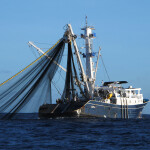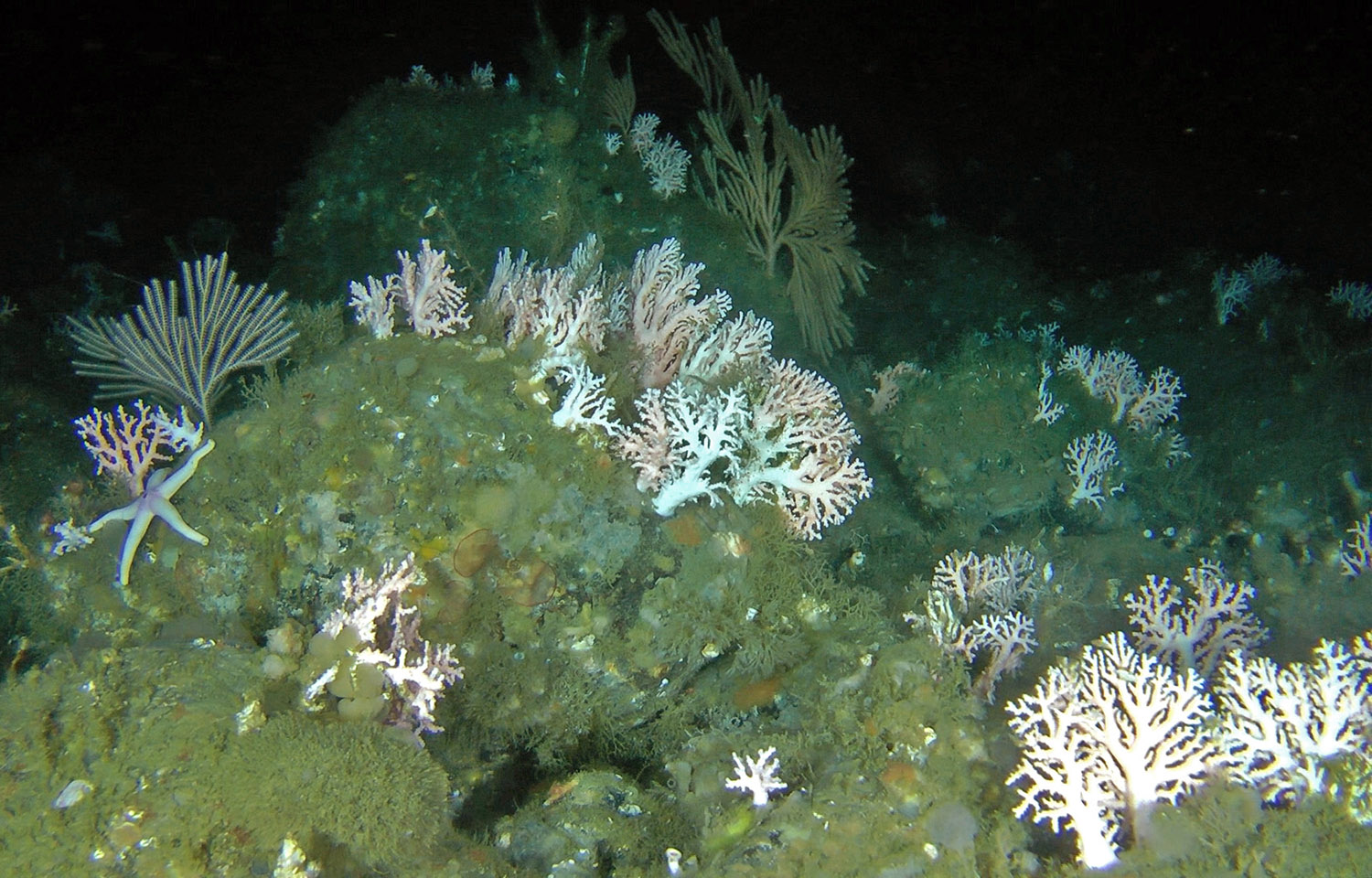Conservation group Oceana has sued NOAA Fisheries in Alaska District Court for failing to adequately protect the North Pacific seabed from bottom trawling.
“Deep-sea coral and sponge ecosystems, some of which are hundreds of years old, can be destroyed by just one pass of a bottom trawl,” Oceana Pacific Campaign Director and Senior Scientist Ben Enticknap said. “Protecting fragile seafloor habitats that are important for breeding, feeding, and spawning is essential for healthy ocean ecosystems and for fisheries like halibut and crab."
Oceana’s lawsuit alleges the federal government failed to protect seafloor habitats from bottom trawling as required by the Magnuson-Stevens Fishery Conservation and Management Act and the National Environmental Policy Act (NEPA). Oceana is being represented by Earthjustice in its lawsuit.
“[NOAA Fisheries] ignored important obligations under both the Magnuson-Stevens Act and NEPA when it failed to adopt meaningful measures to five fishery management plans for the North Pacific Ocean to help protect corals, sponges, and important seafloor habitat from the destructive effects of trawling,” Earthjustice Senior Attorney Charisse Arce said. “There have been massive changes in the North Pacific ecosystem, and NMFS must be adopting management measures that proactively conserve and enhance essential fish habitat.”
Last year, Oceana submitted a plan to the North Pacific Fishery Management Council it claims would protect 90 percent of the Gulf of Alaska from bottom trawling while displacing less than 5 percent of current trawling activities. The group points to protections enacted around the central and western Aleutian Islands as an example of a balance between conservation priorities and trawling interests.
“As has been demonstrated off Alaska’s Aleutian Islands, by using the best available science and being proactive, fishery managers can protect ocean habitats while still allowing for trawling,” Enticknap said. “Unfortunately, for the past decade, that’s not been happening.”
Ultimately, the council did not adopt Oceana’s recommendations.
The lawsuit comes shortly after U.S. Representative Mary Peltola (D-Alaska), who is up for reelection this year, introduced new legislation designed to restrict bottom trawling. Peltola’s Bottom Trawl Clarity Act would require the designation of bottom-trawl zones, limiting where gear can scrape the seafloor. The bill also would require regional fisheries management councils (RFMCs) to determine what counts as “substantial” versus “limited” bottom contact when using fishing gear.
The bill has been heavily criticized by fishing sector representatives.
"The bill is a fundamentally flawed piece of legislation that flies in the face of decades of science and actual outcomes in hundreds of federally managed fisheries,” National Fisheries Institute Chief Strategy Officer Gavin Gibbons said. “It's a solution in search of a problem. Walling off areas and imposing static closures based on ideological hostility to certain harvesting methods is not fisheries management. It will hurt our ability to manage fisheries based on the best available science and, in the process, will threaten a significant number of jobs in seafood harvesting and processing.”








